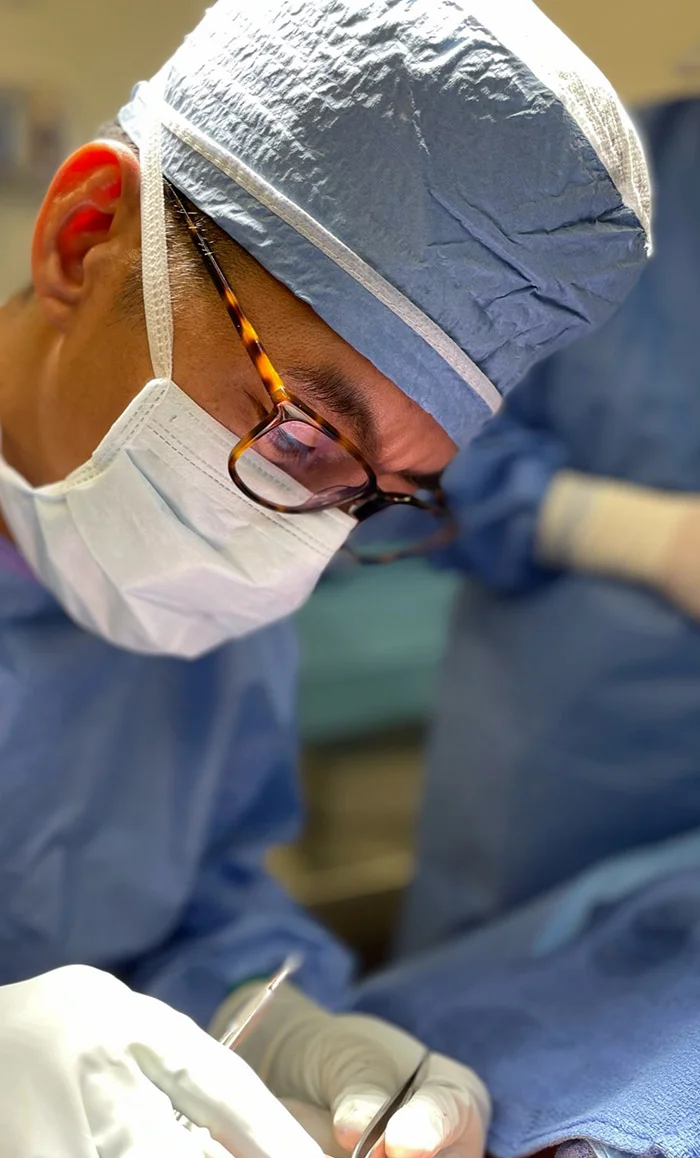Preparing For Brazilian Butt Lift
When preparing for BBL surgery it’s important to quit smoking at least 4 months prior to your procedure. Patients should also avoid alcohol and eat a healthy diet for several weeks to optimize healing and recovery. Finally, patients should fill any prescription medications provided by their surgeon, and plan for a friend or family member to drive them to and from our surgical center on the day of their procedure.
How Brazilian Butt Lift Is Performed
To achieve your desired body profile, a “Brazilian Butt Lift” can create a more shapely, filled-out, and lifted backside. A Brazilian Butt Lift works by using a patient’s own fat (autologous fat transfer) to augment the gluteal area or buttocks and/or hips. Our surgeons harvest fat through liposuction. We then process and clean the fat until it is completely purified, and then inject the processed fat into the buttocks and/or hips for a natural enhancement.
Brazilian Butt Lift is performed as an outpatient procedure under general anesthesia or IV sedation. During the procedure, our surgeons commonly liposuction fat from the abdomen, waistline, back, and love handles to collect the fat for injection into the buttocks. Additionally, we often sculpt other areas around the buttocks to help make the BBL augmentation more pronounced. Depending on the individual patient’s needs, we may recommend adding Renuvion to a Brazilian Butt Lift procedure, as it can produce a skin-tightening effect in addition to increasing volume.
Recovery After Brazilian Butt Lift
After a buttock augmentation, patients must refrain from applying direct pressure to their derrière (i.e. no lying or sitting on the buttocks) for 10 – 14 days. After a Brazilian Butt Lift, our surgeons will provide you with a compression garment. You will be able to shower after this garment is removed one week post-op. Patients will be able to resume all normal activities four to six weeks after the procedure. It is important for our patients to understand that the body always metabolizes fat, and that volume loss may occur up to three months after the surgery.











